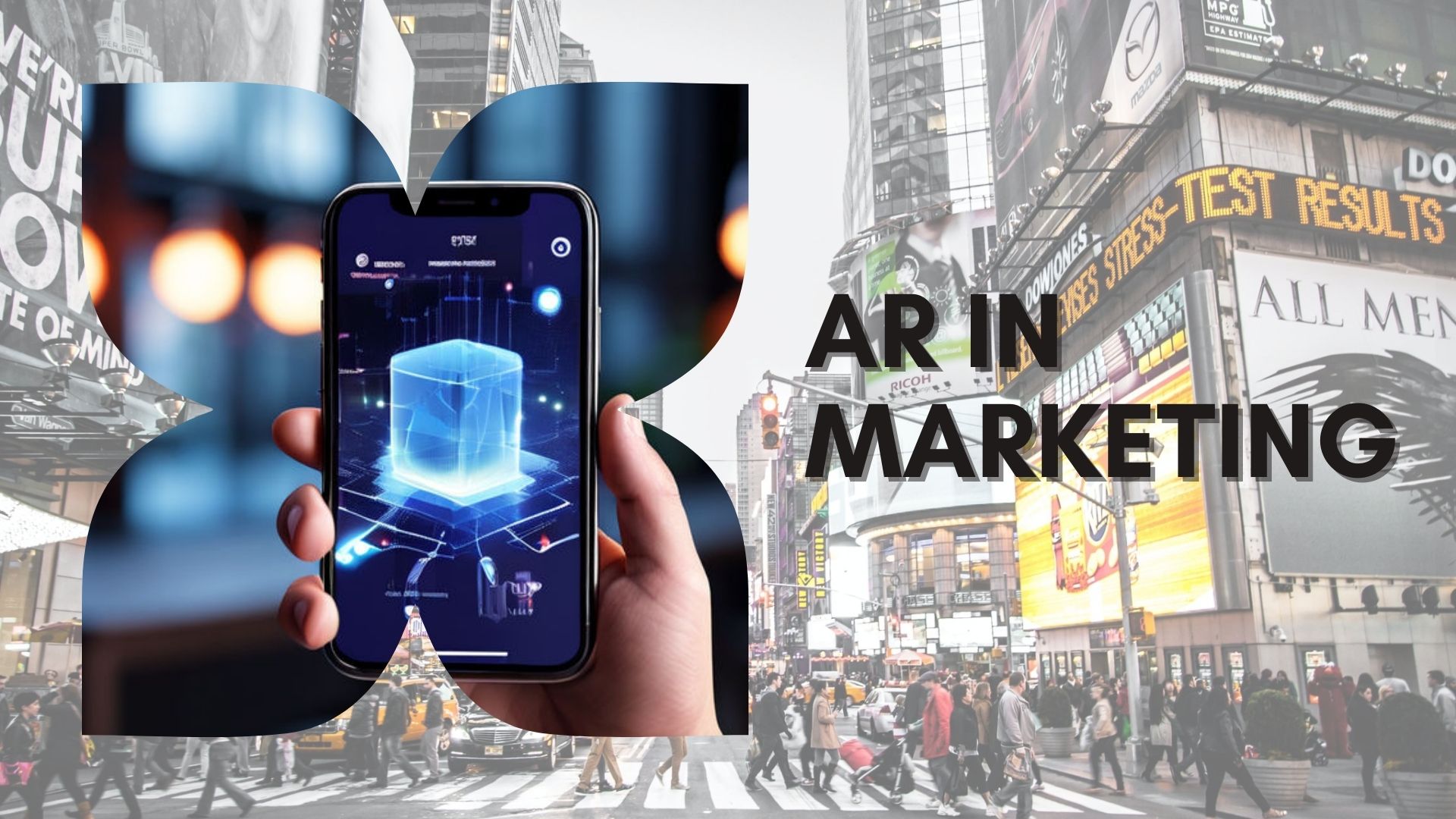
It’s no secret that Apple has embraced the cutting-edge technology of augmented reality (and why shouldn’t they?) with its ARKit platform. One of the key technologies that powers ARKit is LiDAR, which stands for Light Detection and Ranging. In past blog posts, we’ve explored ARKit and LiDAR technologies separately, but today we discuss how together they unlock endless possibilities for augmented reality experiences on Apple devices.
First introduced in the iPad Pro in 2020 and later in the iPhone 12 Pro and iPhone 13 Pro models, LiDAR is a sophisticated technology that allows devices to accurately measure the distance to objects in the real world by emitting laser beams and measuring the time it takes for them to bounce back. This creates a detailed depth map of the surrounding environment, which is then used to overlay virtual objects onto the real world seamlessly, creating an immersive AR experience.
One of the key applications of LiDAR in ARKit is its ability to accurately place virtual objects on real-world surfaces with high precision. This is known as “occlusion,” where virtual objects are rendered in a way that they are realistically obscured by real-world objects that are closer to the user. With LiDAR, ARKit can detect the depth of objects in the scene, allowing virtual objects to interact with the environment in a more realistic and natural manner. For example, virtual furniture can be placed in a room and appear to rest on the floor, or virtual characters can walk behind real-world objects, creating a truly immersive experience.
Another important feature of LiDAR in ARKit is its ability to create accurate 3D reconstructions of the real world. By scanning the environment in real-time, LiDAR can create a highly detailed and precise depth map, which can be used to build 3D models of the surroundings. This opens up a wide range of possibilities for developers to create AR experiences that leverage the real-world geometry. For example, ARKit can be used for indoor navigation, where users can be guided through a building with virtual arrows overlaid on the real-world environment, or for virtual measuring tools that can accurately measure distances and dimensions of real-world objects.
LiDAR in ARKit also enables improved object detection and tracking. With its ability to accurately measure distance and create a depth map of the environment, LiDAR can help ARKit recognize and track objects in the real world more effectively. This can be used for a variety of applications, such as virtual gaming where virtual objects can interact with real-world objects, or for virtual try-on experiences where users can try on virtual clothes and accessories that fit realistically on their bodies.
Furthermore, LiDAR in ARKit has the potential to revolutionize the way we interact with our surroundings. For example, it can enable new forms of user interfaces that leverage hand gestures or body movements to interact with virtual objects in the real world. Users can wave their hand to control virtual objects or use gestures to manipulate virtual interfaces, creating a more intuitive and immersive AR experience.
In addition to these applications, LiDAR in ARKit also has potential applications in fields such as architecture, interior design, education, and training. Architects and interior designers can use ARKit to create virtual walkthroughs of their designs, allowing clients to visualize how the final product will look in the real world. Educators can use ARKit to create interactive and engaging educational content that brings abstract concepts to life, making learning more immersive and fun. Training programs can use ARKit to create realistic simulations for various industries, such as aviation, healthcare, and manufacturing, allowing trainees to practice real-world scenarios in a safe and controlled environment.
Apple’s inclusion of LiDAR in ARKit has opened up new possibilities for augmented reality experiences on its devices — which is exciting for developers like us! It’s rumored that Apple has plans for an AR headset. Will it include both LiDAR and ARKit? We’d have to imagine so, but we will be here for all of the details!








